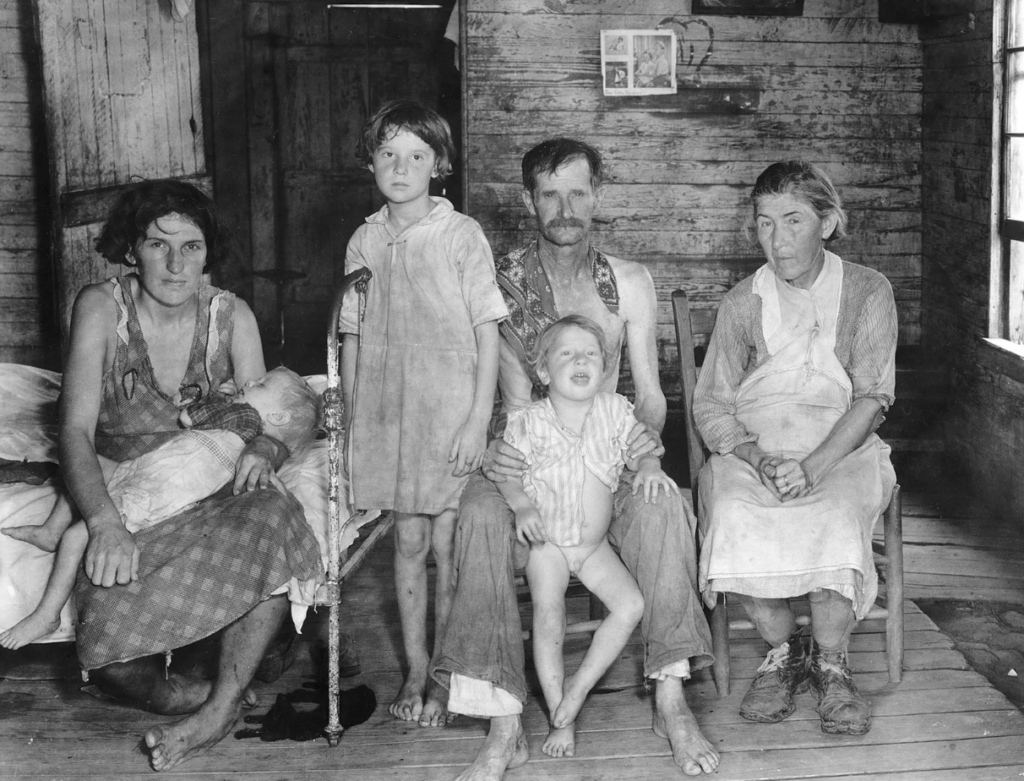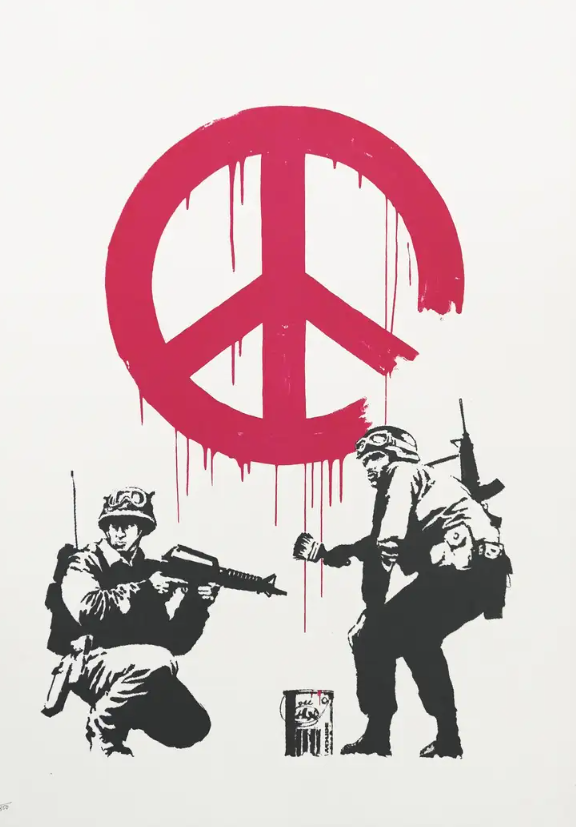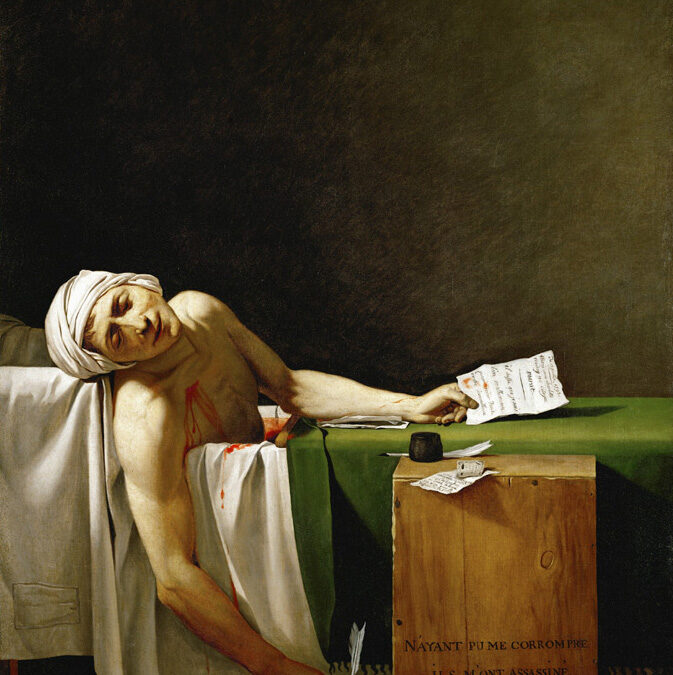Since the dawn of civilization, art and politics have been intricately linked, with rulers and regimes using artistic practices to consolidate power, propagate ideologies, and communicate their dominance. This interplay between politics and art has been a constant, evolving through various historical epochs, from the grand empires of antiquity to the complex sociopolitical landscapes of the 20th century. Below, we explore specific examples from different periods, illustrating how art has served as a powerful tool for political propaganda.
The Assyrians
The Assyrian Empire, which flourished between the 9th and 7th centuries BCE, used art to project power and intimidate enemies. Assyrian kings commissioned elaborate reliefs depicting their military victories and divine sanction. The palace of King Ashurbanipal in Nineveh (modern-day Iraq) featured grand bas-reliefs showing the king hunting lions and defeating enemies, symbolizing his strength and the empire’s invincibility.

The British Museum

The British Museum
The Egyptians
In ancient Egypt, art was deeply political and religious. Pharaohs, considered gods on earth, used monumental architecture and elaborate tomb paintings to immortalize their reigns and secure their divine legacy. The Great Pyramids of Giza and the Sphinx are quintessential examples, serving not only as royal tombs but also as symbols of the pharaohs’ eternal power. The temples of Karnak and Luxor, with their grandiose columns and intricate carvings, further exemplify how art was used to legitimize the divine right of the pharaohs.
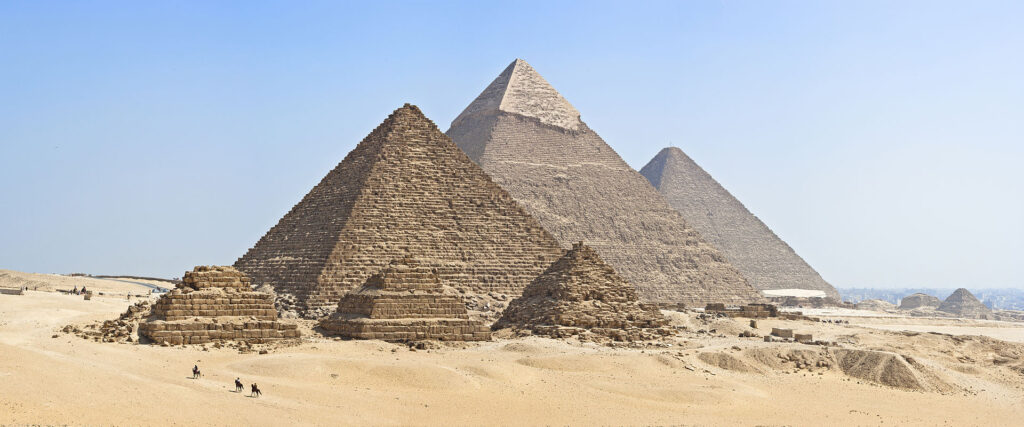
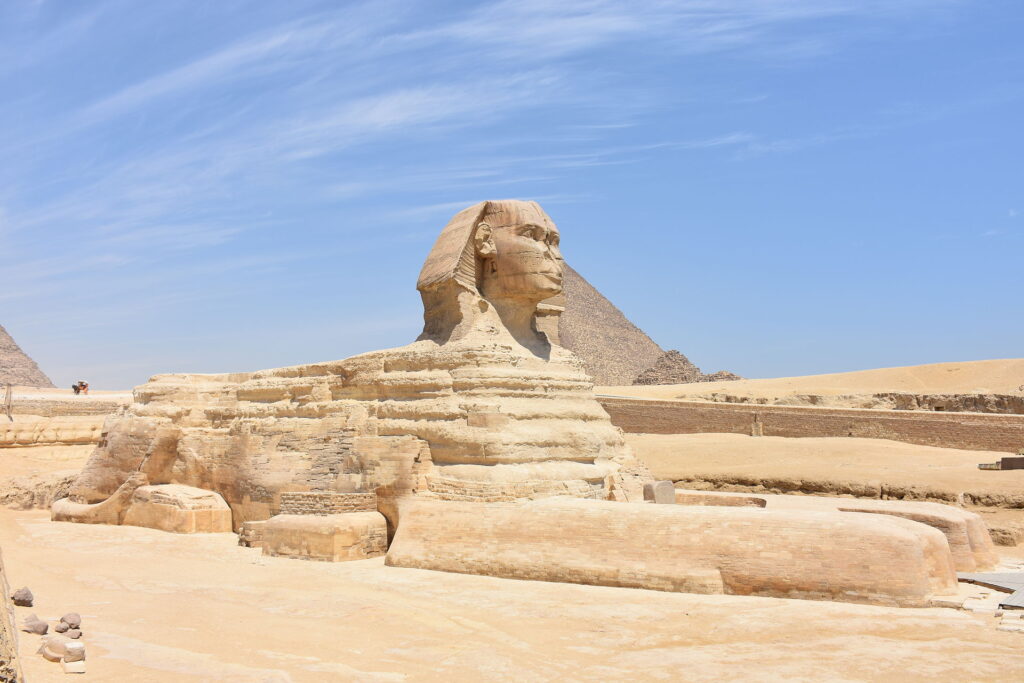
The Masters of Art and Politics: The Roman Empire
The Roman Empire masterfully utilized art for political propaganda. Triumphal arches, such as the Arch of Titus in Rome, celebrated military victories and the emperor’s glory. Statues of emperors, like Augustus of Prima Porta, depicted them in idealized forms, promoting their image as god-like and benevolent rulers. The extensive use of coinage bearing the emperor’s likeness ensured that even the farthest reaches of the empire were reminded of his presence and authority.

On view at Vatican Museum, Vatican City

The Byzantine Empire
In the Byzantine Empire, art was used to reinforce the divine authority of the emperor and the Christian faith. The Hagia Sophia in Constantinople (modern-day Istanbul) stands as a masterpiece of Byzantine architecture and a symbol of the empire’s spiritual and temporal power. Mosaics, such as those in the Hagia Sophia and the Ravenna churches, depicted Christ, the Virgin Mary, and the emperor in heavenly splendor, reinforcing the idea of the emperor as God’s chosen ruler on earth.

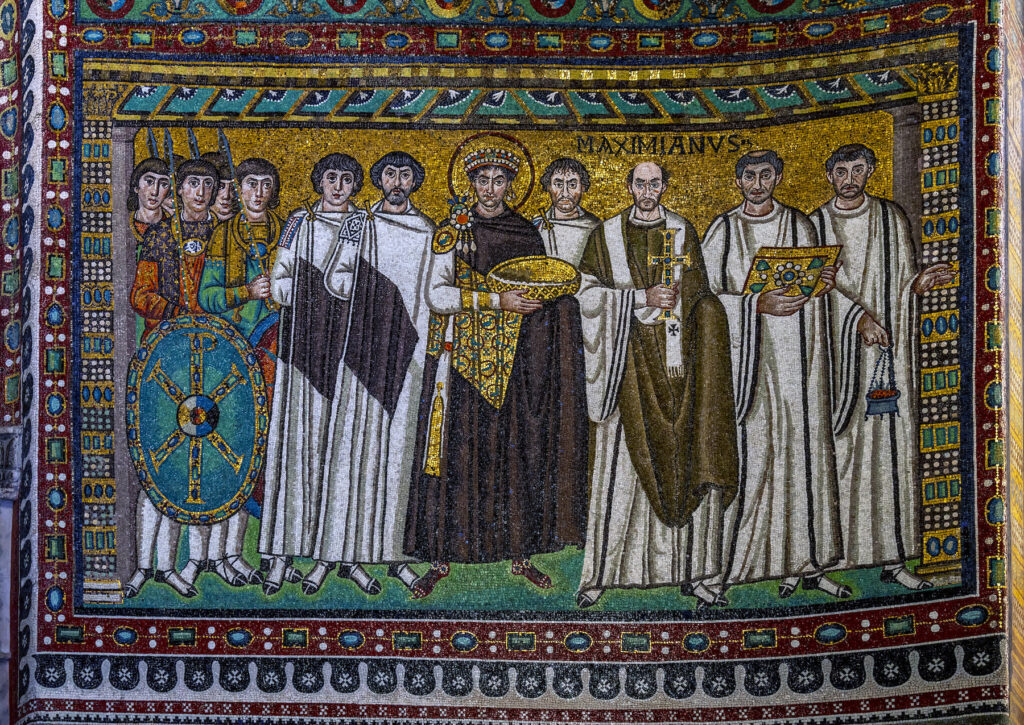
The Middle Ages
During the Middle Ages, art served the dual purpose of glorifying God and legitimizing the power of the church and secular rulers. Gothic cathedrals, such as Notre-Dame de Paris, with their soaring spires and intricate stained glass, embodied the divine authority of the church. Illuminated manuscripts, commissioned by monarchs like Charlemagne, portrayed kings as pious and divinely sanctioned rulers, thereby reinforcing their legitimacy.

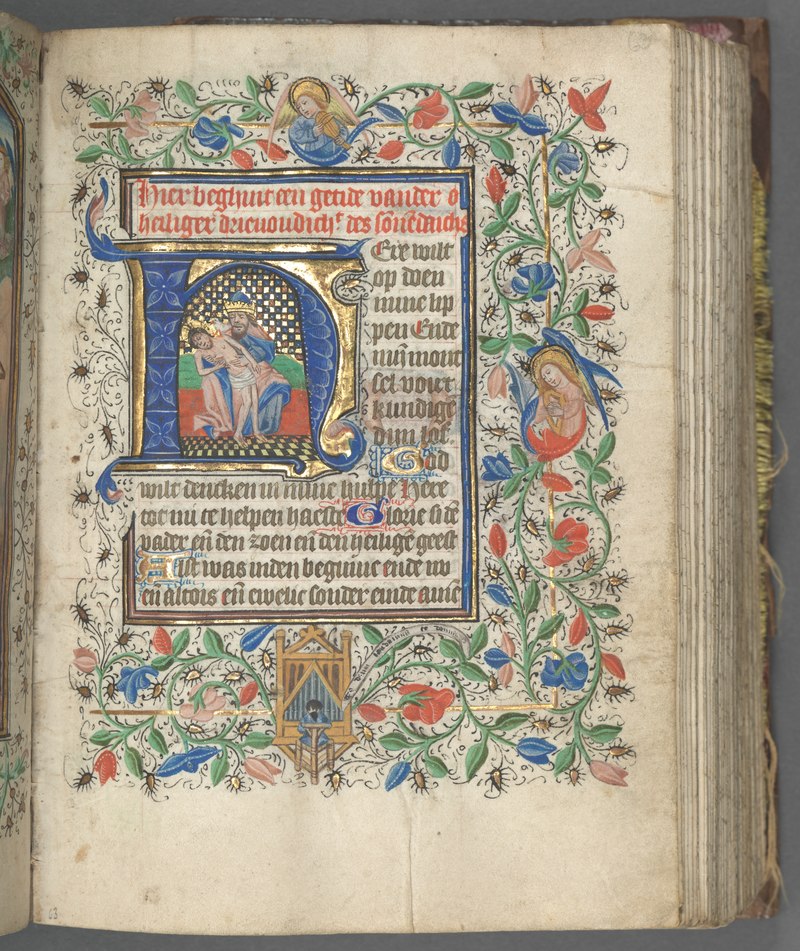
59 × 116 mm,
Cleveland Museum of Art
The 1800s
The 19th century saw the rise of nationalism and the use of art to foster national identity and pride. In France, the paintings of Eugène Delacroix, such as “Liberty Leading the People,” became symbols of revolutionary fervor and the fight for liberty. Public monuments, like the Arc de Triomphe in Paris, celebrated national victories and honored those who fought for the country, cementing the link between art and patriotic sentiment.

On View at The Louvre Museum

On View at The Louvre Museum
The 20th Century
The 20th century witnessed the use of art in various political movements and regimes. In Soviet Russia, Socialist Realism became the state-sanctioned art form, depicting workers and peasants in heroic poses to promote communist ideals. Similarly, Nazi Germany used art and architecture to propagate its ideology, with Albert Speer’s grandiose buildings and Leni Riefenstahl’s films glorifying the regime. Meanwhile, in the United States, the Works Progress Administration (WPA) during the Great Depression commissioned murals and sculptures to promote social unity and the New Deal’s goals.
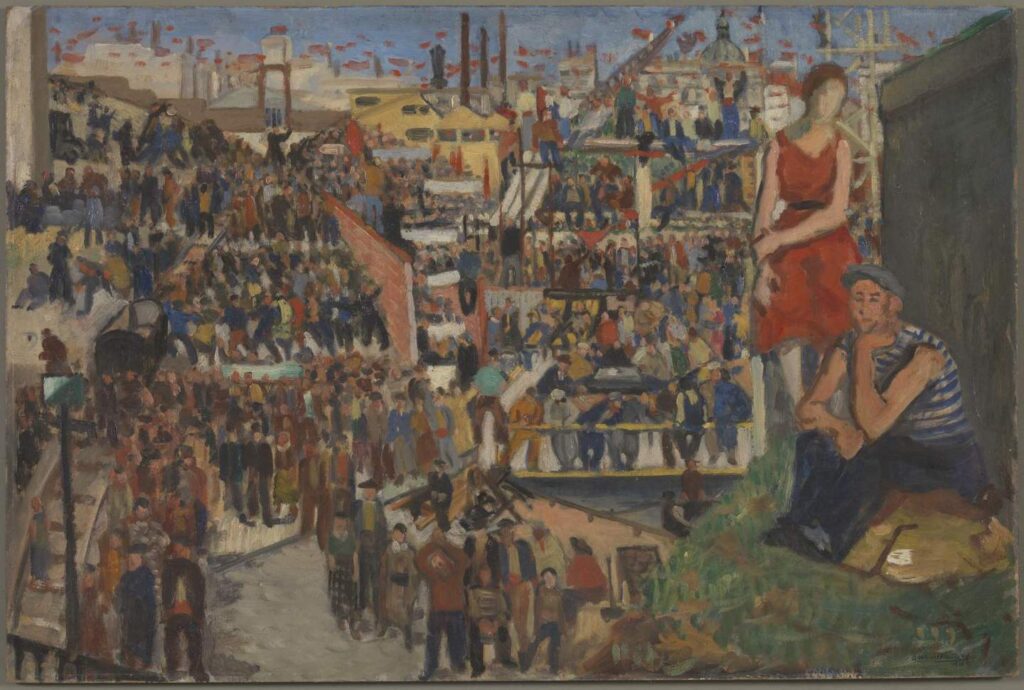
Tate Modern
In the latter half of the 20th century, there was a significant shift in the use of art as a tool for political purposes. Rather than sanctioning rulers, art began to serve as a powerful medium for protest and social commentary. Artists worldwide started to use their works to challenge authority, bring attention to societal issues, and advocate for change.
For instance, the Civil Rights Movement in the United States inspired powerful artworks, such as Norman Rockwell’s “The Problem We All Live With,” which depicted the struggle for racial equality. Recently, street art and graffiti have become prominent forms of political expression. Artists like Banksy use their art to critique government policies, social injustices, and global issues, often with a satirical edge.
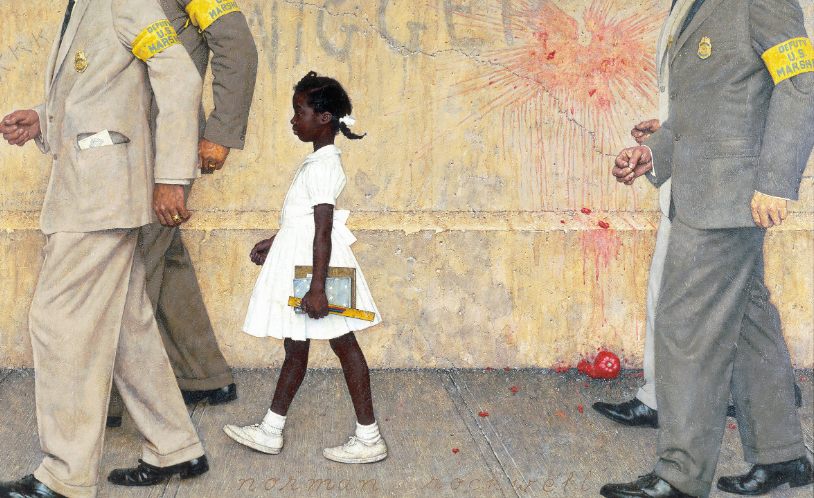
Norman Rockwell Museum
From the grand palaces of the Assyrians to the politically charged murals of the 20th century, art has always been a vital instrument of political power. Through sculptures, paintings, and architecture, rulers and regimes have communicated their ideologies, asserted their dominance, and sought to influence public perception. While the mediums and styles have evolved, the underlying purpose of using art as a tool for political propaganda remains a constant thread through history. As we continue to navigate the complex interplay between art and politics, understanding this historical context allows us to appreciate better the profound impact of art on shaping societal narratives and power dynamics.

